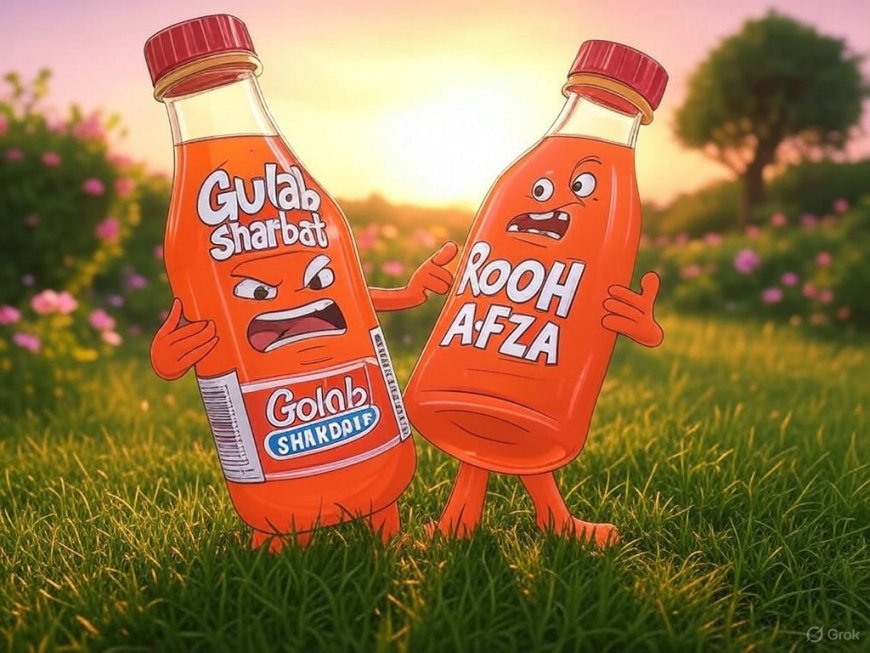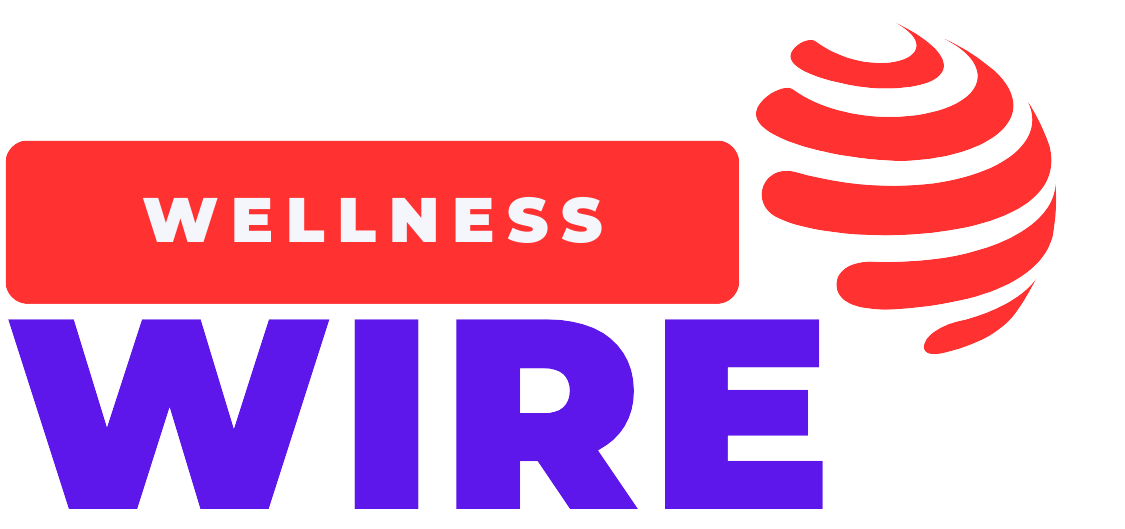Rooh Afza vs Gulab Sharbat: Which Traditional Summer Drink is Safer and Better for Health?
Explore the key differences between Rooh Afza and Gulab Sharbat in terms of safety, nutrition, ingredients, and brand background to find out which is the healthier summer drink for you.

As Indian summers intensify, households across the country turn to traditional cooling beverages to beat the heat. Among the most beloved options are Rooh Afza and Gulab Sharbat, both known for their rose essence and refreshing flavor. But which one is healthier, safer, and more beneficial for daily consumption?
This detailed guide compares Rooh Afza and Gulab Sharbat based on ingredients, nutritional value, safety, and brand credibility, helping you make an informed choice for your family's summer hydration needs.
What Is Rooh Afza?
Rooh Afza is a herbal concentrated syrup launched in 1907 by Hamdard Laboratories, a Unani pharmaceutical company with roots in Delhi and a charitable model.
Manufacturer: Hamdard Laboratories (India)
-
Founded: 1906 by Hakim Hafiz Abdul Majeed
-
Known For: Unani medicines, health tonics, and herbal drinks
-
Trust Status: Registered Waqf (charitable trust)
-
Popular Products: Safi, Joshina, Roghan Badam Shirin, and Rooh Afza
-
Official Website: hamdard.in
Rooh Afza’s formula includes a blend of herbs, fruits, vegetables, flowers, and cooling agents. Traditionally used during Ramzan for iftar, it has now become a year-round summer staple.
Key Ingredients (As per the label):
-
Distillates of rose, kewda, and vetiver
-
Fruits like orange, pineapple, watermelon
-
Herbs like mint and coriander
-
Sugar syrup
-
Preservatives and permitted colours
A comprehensive breakdown can be found on Hamdard Rooh Afza’s product page.
What Is Gulab Sharbat?
Gulab Sharbat refers to rose-flavored syrup made from rose petal extract and sugar. Unlike Rooh Afza, it has many manufacturers, with brands like Patanjali, Baidhyanath, and Khadi Naturals offering their versions.
Common Brands in India:
-
Patanjali Gulab Sharbat – Marketed as an Ayurvedic product with cooling effects
-
Baidhyanath Gulab Sharbat – Made from damask rose petals and sugar
-
Khadi Naturals – Herbal and organic rose concentrate
-
Generic brands – Widely sold in local markets with varied quality
Most Gulab Sharbat products are simpler in formulation compared to Rooh Afza, focusing on pure rose distillate or extract and sugar syrup.
Key Ingredients (Typical):
-
Rose petal extract or rose water
-
Sugar
-
Preservatives (optional)
-
No fruit or herb blends in most formulations
For example, Patanjali Gulab Sharbat markets its product as natural and Ayurvedic, containing Gulab Ark (rose distillate) and sugar base.
Nutritional Comparison (Per 100ml of Concentrate)
| Nutrient | Rooh Afza (Hamdard) | Gulab Sharbat (Average Estimate) |
|---|---|---|
| Calories | 275 kcal | 265–275 kcal |
| Sugar | ~70g | ~65g–70g |
| Fat | 0g | 0g |
| Protein | <1g | <1g |
| Herbs/Fruit Extracts | Yes | Usually No |
| Artificial Colour | Yes (permitted) | Yes/No (brand-specific) |
Note:
-
Rooh Afza offers slightly more complexity with its herbal and fruity ingredients, but it also contains added colour and more preservatives than organic Gulab Sharbat brands.
-
Gulab Sharbat is typically less processed but has fewer health-promoting ingredients unless fortified.
Safety and Health Considerations
Rooh Afza:
✅ Trusted formulation for decades
❗ Contains artificial colours and preservatives
✅ Offers hydration with added herbs like vetiver and mint
❗ High sugar content – diabetics must avoid or dilute heavily
According to a report by India Today, Rooh Afza’s composition hasn’t changed drastically in decades, which supports brand trust.
Gulab Sharbat:
✅ Simpler ingredient list (mostly just rose and sugar)
✅ Natural options available from organic brands
❗ Highly unregulated – some local brands may use synthetic rose essence
❗ Often lacks nutritional enhancements
A detailed inspection by FSSAI in its regional advisories has emphasized the risk of adulterated sharbat and juices in the unorganised market.
Which One is Better?
If You Want:
-
Herbal cooling benefits → Rooh Afza
-
Pure rose aroma and simplicity → Gulab Sharbat
-
Time-tested brand and national availability → Rooh Afza
-
Organic, no-preservative options → Khadi Naturals Gulab Sharbat or homemade rose syrup
Expert Tip: Make Your Own Rose Sharbat
To avoid preservatives and additives, you can easily prepare homemade Gulab Sharbat:
Ingredients:
-
Organic rose petals
-
Water
-
Sugar
-
A few drops of lemon juice for preservation
Boil the rose petals with water and sugar, reduce to syrup consistency, strain, cool, and store.
Find step-by-step guidance at Archana’s Kitchen – Rose Syrup Recipe.
Final Verdict
While both Rooh Afza and Gulab Sharbat are refreshing and culturally iconic summer drinks, they serve different purposes.
-
Rooh Afza stands out for its multi-herbal formulation, cooling properties, and deep-rooted brand trust. However, its sugar content and preservatives are a drawback.
-
Gulab Sharbat, particularly from trusted Ayurvedic or organic brands, is simpler and more natural, but often lacks the health-enhancing ingredients that Rooh Afza offers.
For health-conscious individuals, moderation is key. Whether you’re choosing Rooh Afza or Gulab Sharbat, consider diluting it with chilled water, adding lemon, or blending with fresh fruit juices to enhance both taste and health.
What's Your Reaction?
 Like
0
Like
0
 Dislike
0
Dislike
0
 Love
0
Love
0
 Funny
0
Funny
0
 Angry
0
Angry
0
 Sad
0
Sad
0
 Wow
0
Wow
0



















































